Regional Food Systems
A food system describes the people, infrastructure, processes, and legal environments that come together to feed people. This includes growing, harvesting, packaging, processing, marketing, distribution, waste disposal, and ultimately, consumption.
A region is a medium-sized area of land that is smaller than an area such as North America or the United States, but larger than one specific location, such as Houston, Texas. A specific region can be thought of as having three components: physical elements and built infrastructure, a natural environment, and socio-cultural contexts. We all live in multiple regions at the same time.
The concept of a regional food system combines these two ideas into a dynamic that can be described, observed, evaluated, and acted upon with some common goals in mind: improving access to safe, fresh, and healthy food for all its inhabitants; improving the health and well-being of its inhabitants; and strengthening the economic prosperity of its communities, both rural and urban. As we observe and evaluate a regional food system through a regenerative lens, we can also add to this list of goals those of improving the soils, water (quality and quantity), and resiliency of a region’s working landscape in the face of climate change. Learn more in the practical ATTRA resources below.
Related Topics
Staff Expert


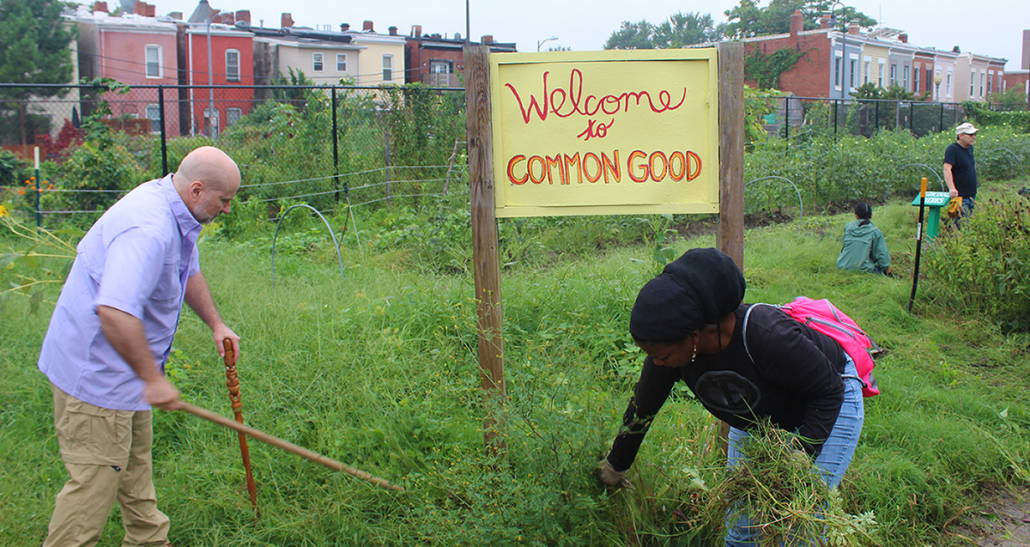
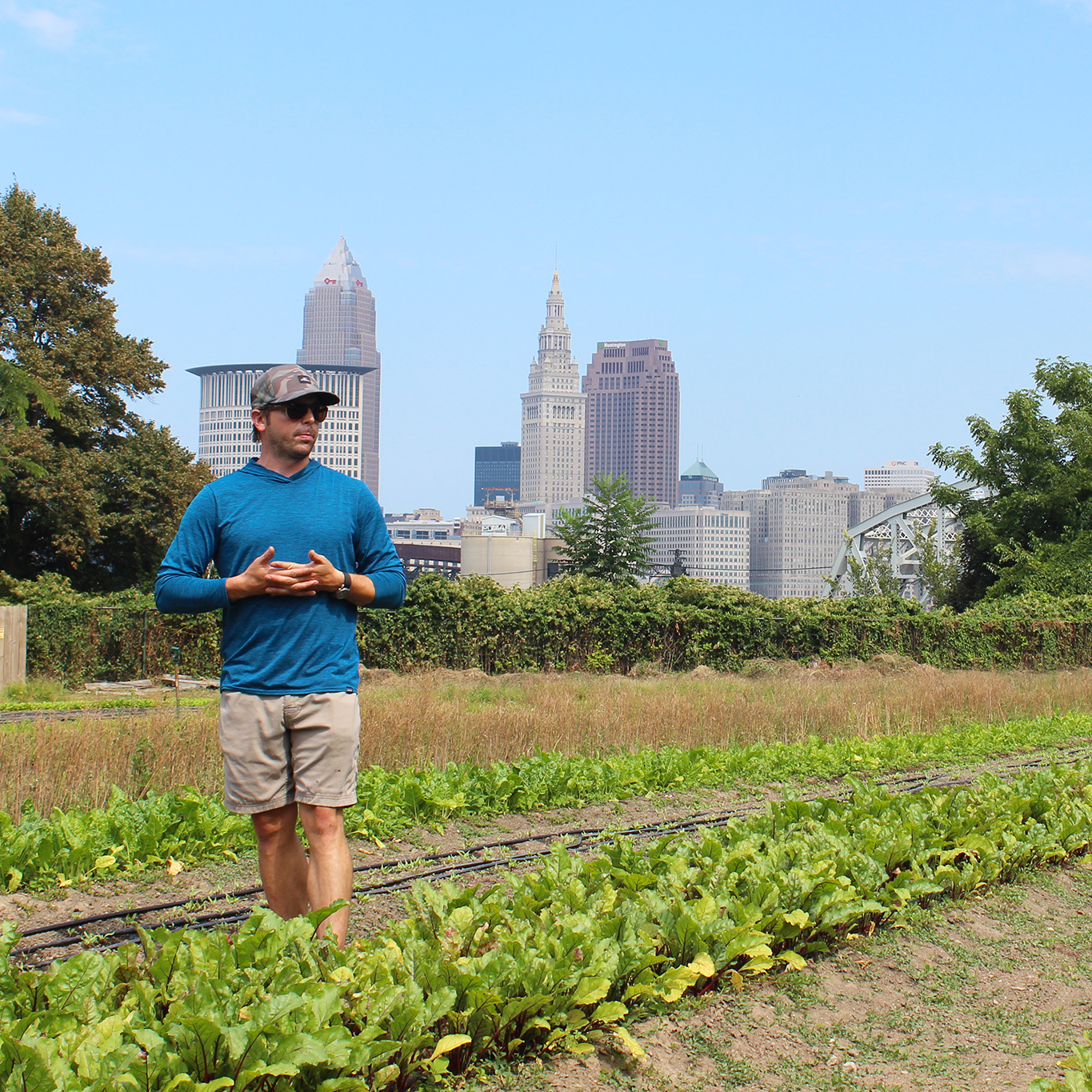

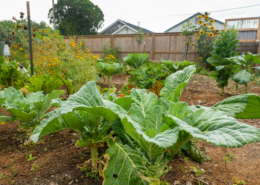 USDA by Kirsten Strough
USDA by Kirsten Strough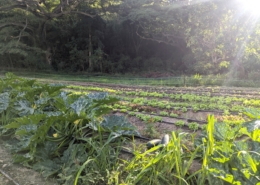 NCAT
NCAT

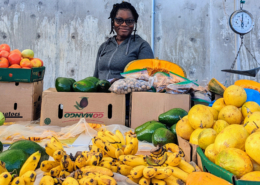


 NCAT
NCAT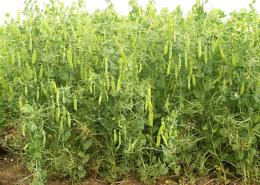

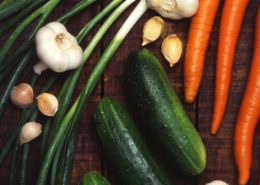
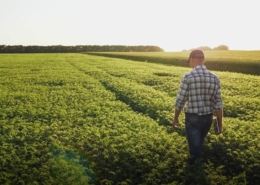

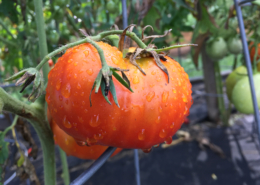

 NCAT
NCAT